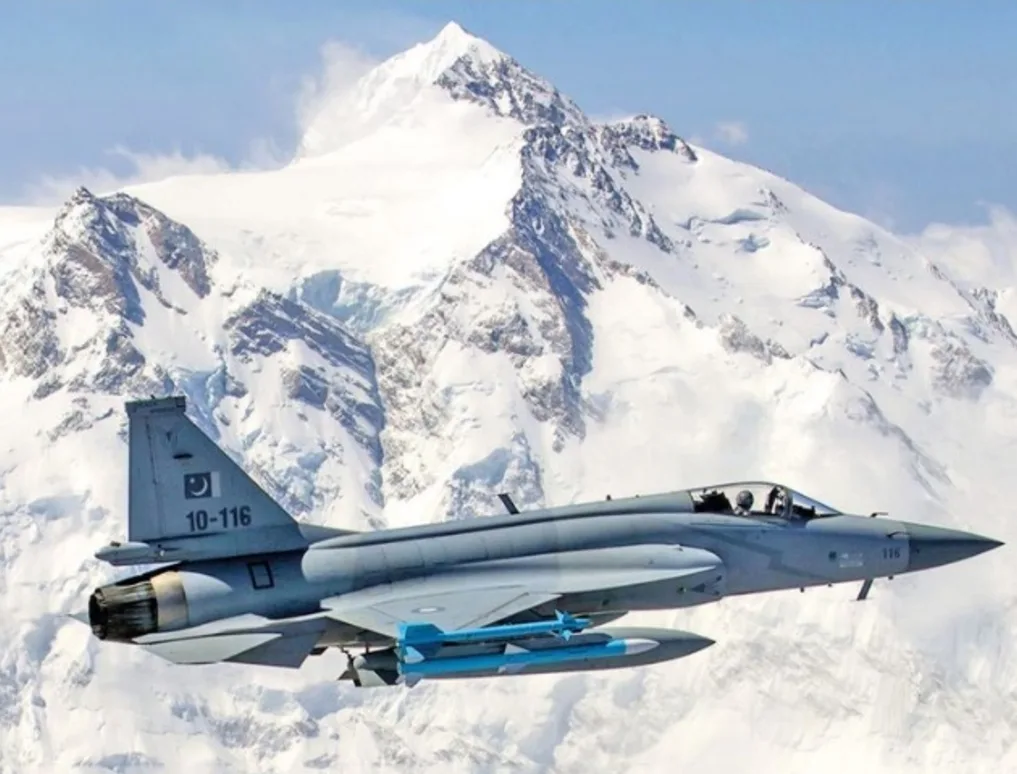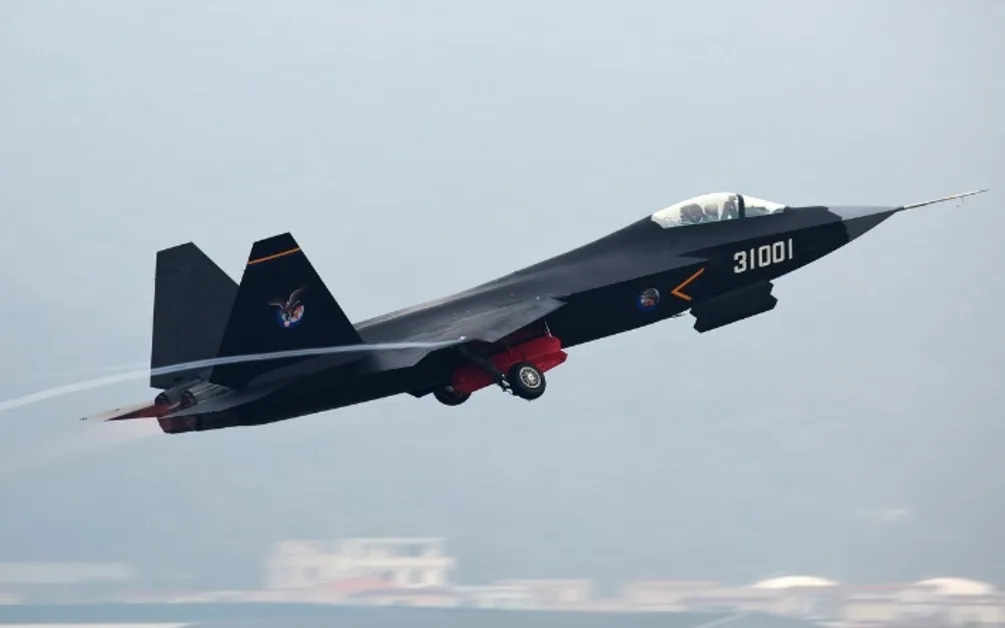The Pakistan Air Force (PAF), known for its forward-thinking approach, has consistently embraced cutting-edge technologies, boasting a fleet composed of advanced aircraft. Currently, the PAF operates two formidable ‘J series’ fighters: the JF-17 and J-10C, alongside other potent fighters like the US F-16, French Mirage, and Chinese F-7P (originally J-7) aircraft. It may be noted that in Chinese aviation, the letter ‘J’ signifies the category of fighter aircraft. The recent announcement in January 2024 regarding the plan for procurement of another ‘J series’ fighter aircraft, the J-31, symbolises not only the PAF’s commitment to staying at the forefront of aviation capabilities but also highlights its strategic vision for a dynamic and potent fighter aircraft fleet.
The JF-17 Thunder (with ‘J’ representing the Chinese symbol for fighter as well as for ‘Joint,’ and ‘F’ for Fighter), stands as a testament to the successful collaboration between Pakistan and China. The programme, formally executed in 1998, aimed to jointly develop and manufacture a multi-role advanced fighter, resulting in over 150 JF-17s currently flying in the PAF. The synergy of Pakistan’s extensive experience in operating multiple types of aircraft with China’s robust aviation industry gave rise to the JF-17 – an advanced, cost-effective, and lethal fighter with capabilities like the powerful AESA radar, Helmet Mounted Display (HMD), glass cockpit, precision day/night attack, outstanding Man Machine Interface (MMI) with Hands-On Throttle-And-Stick (HOTAS), and Beyond Visual Range (BVR) missiles capability.

The collaborative endeavour of the JF-17 Programme proved transformative, enhancing not only Pakistan’s aviation industry’s capabilities but also instilling self-confidence for future undertakings in the development and manufacturing of indigenous fighter aircraft. The Pakistan Aeronautical Complex (PAC) located in Kamra, Attock, which has already produced JF-17 Block-I and Block-II aircraft, is currently engaged in the production of the JF-17 Block-III variant. This industrial endeavour represents a significant achievement in Pakistan’s aerospace sector, demonstrating its capacity to locally produce airframe and avionics for state-of-the-art aircraft.

The PAF’s second J series aircraft is the J-10C Dragon, which, although new to the PAF, has been a stalwart in the China People’s Liberation Army Air Force (PLAAF) for over a decade. Its prowess was demonstrated in various joint exercises performed by Pakistan and China, cementing its reputation as an excellent fighter aircraft. The J-10C aircraft boasts modern features such as cutting-edge avionics, state-of-the-art AESA radar, and superior electronic warfare capabilities. It also has 11 hard points for a variety of armaments, providing agility and adaptability for excelling in air-to-air combat and ground-attack missions. The J-10C is not only a superb aircraft for its combat capability but also for its interoperability in joint exercises, demonstrating perfect cooperation between the air forces.
In future conflicts, the PAF stands poised to leverage a formidable advantage by deploying the potent combination of the 3Js – JF-17, J-10, and J-31, in combination with existing advanced US/Western fighters. This strategic alliance offers increased interoperability and operational flexibility, giving the PAF a considerable competitive advantage in aerial operations. The strategic synergy among these aircraft not only allows for flawless operations in combat scenarios, but also streamlines air and ground crew training along with maintenance due to their standardised common systems. In addition, this shared feature also leads to significant savings on foreign exchequer expenditures for spares support.
In conclusion, the forthcoming induction of the J-31 stealth fighter aircraft is a significant step forward in the PAF’s modernisation efforts and will be a strategic addition to the fighter fleet, known for its steadfast commitment to the aerial defence of Pakistan.
Mr. Raza Haider is Air Commodore Raza Haider (Retd) and currently serving as Director at the Centre for Aerospace & Security Studies, Islamabad, Pakistan.


